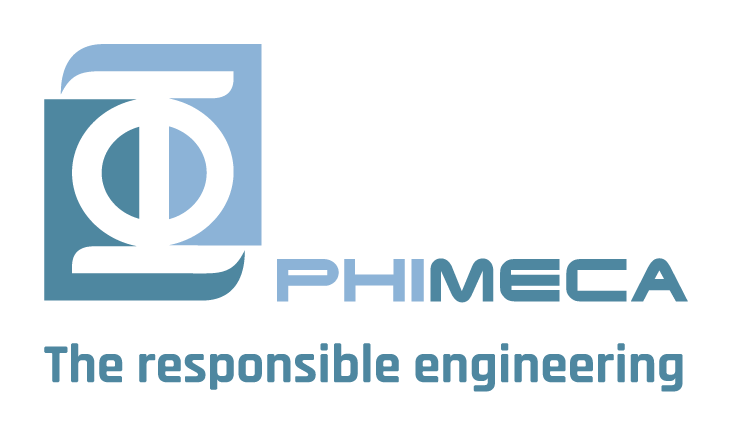A totally new approach
The swell-forced movement wears out the anchor chains and the transport pipes of the offshore installations (e.g. oil or aeolian equipment). The deployment and the maintenance of the sensors on those systems is a challenge: the aging hot spots are generally situated several miles under the sea level! Thus, the only information that is usually available to support the design analyses or the estimation on the remaining lifetime are summaries of the sea conditions in the surrounding area. However, the necessary steps to link these much generic data to the studied system rests upon strong simplifying hypotheses and heuristic models.
For its part, our method uses the measurement of the installation movement with accelerometers. This strategic choice allows to come as close a possible to the area of interest, while keeping an access to the sensors without getting wet. A two-steps offline training stage is necessary to adapt our monitoring system to each installation.
Offline learning
First, you have to calibrate the algorithms sequence of the signal treatment and the size reduction by learning to encode 3-hours movement periods (or 6 dependent and structured time series, one per degree of freedom) by a restricted number of parameters. This precise representation shortens all the useful information brought by the movement signals for the diagnostic of the damages. The final link in the chain is a supervised learning algorithm: it uses simulations (see the insert below) and reduces the number of predictors from dozens to only 2 to 5.
The second step consists in building a scale model from the physical model by finite elements. Indeed, it is impossible to bring in line both the cost in computation time of the physical model simulations and a statistical treatment and real time follow-up.
Real time diagnosis
The combination of the concise representation and the scale model makes it possible to continually analyze the information flow coming from the accelerometers and to predict the resulting damages. A probabilistic model of the movement frequency distribution as well as different sources of approximation errors also allows to produce medium and long-term previsions of the lifetime, coupled with confidence intervals.
Is it deep learning?
No. The deep neural networks have recently produced really spectacular results where other categories of function approximations have totally failed. Among other things, they make it possible to encode hidden structures of “exotic” data spaces from the point of view of strictly deductive mathematical formalization. The image or voice recognition applications, or strategy games, are particularly demonstrative regarding this.
Here, the problematic being addressed is different in that most of the implied physical phenomenon are known and may be equated. We take advantage of this knowledge to ensure a higher stability and better generalization properties (one of the weak spots of the neural networks) to our diagnostic artificial intelligence.
The other practical reason having led to the development of an ad hoc method is the limited number of feasible physical simulations (a few hundred or thousand). The neural networks learning requires much larger samples.
Even if the used mathematical methods come from different sectors, we can however draw a comparison between our approach and the neural networks. Indeed, the establishment of the precise representation consists in seeking invariables at different scales to encode the data in a frugal way. The current status of the mathematic knowledge suggests that this is how the deep neural networks implicitly work and that it is one of the reasons why they are successful. (Mallat 2016, « Understanding deep convolutional networks »). At last, the approximation of the damaging physical model relates to a sophisticated regression model which is another common point with some neural networks.
10 years of R&D in partnership
One of the foundations of our process is to couple the data analysis with the business expertise and the advanced physical simulation. Our method is one of the recent outcomes of a scientific and commercial partnership with PRINCIPIA, which has lasted for more than 10 years.
In particular, the response of the mooring chain or of the pipe to the assembly movement, as well as the resulting damages, are simulated with DEEPLINES, a software of calculation by finite elements, specifically designed to represent these systems.
Even if we are still strongly pursuing development and research to perfect our algorithms, our monitoring system is now mature. An important part of our efforts is now invested in industrial development beside our customers, such as Total, Imodco or Subsea 7.

